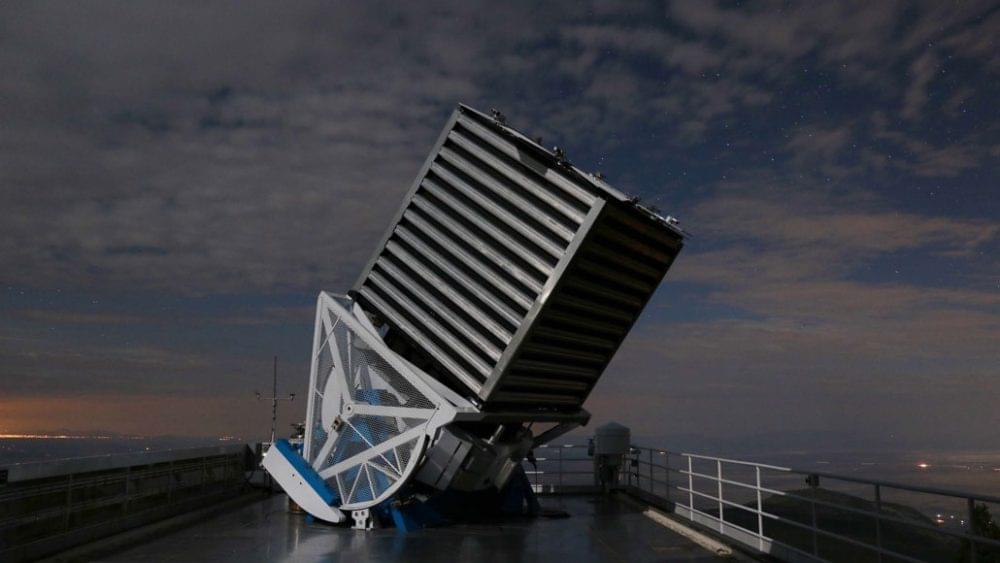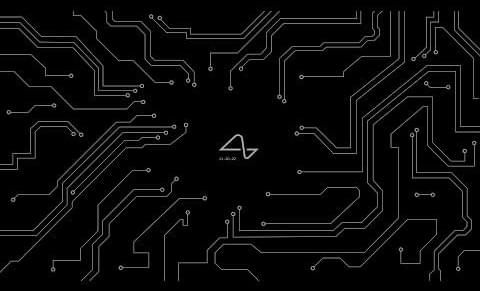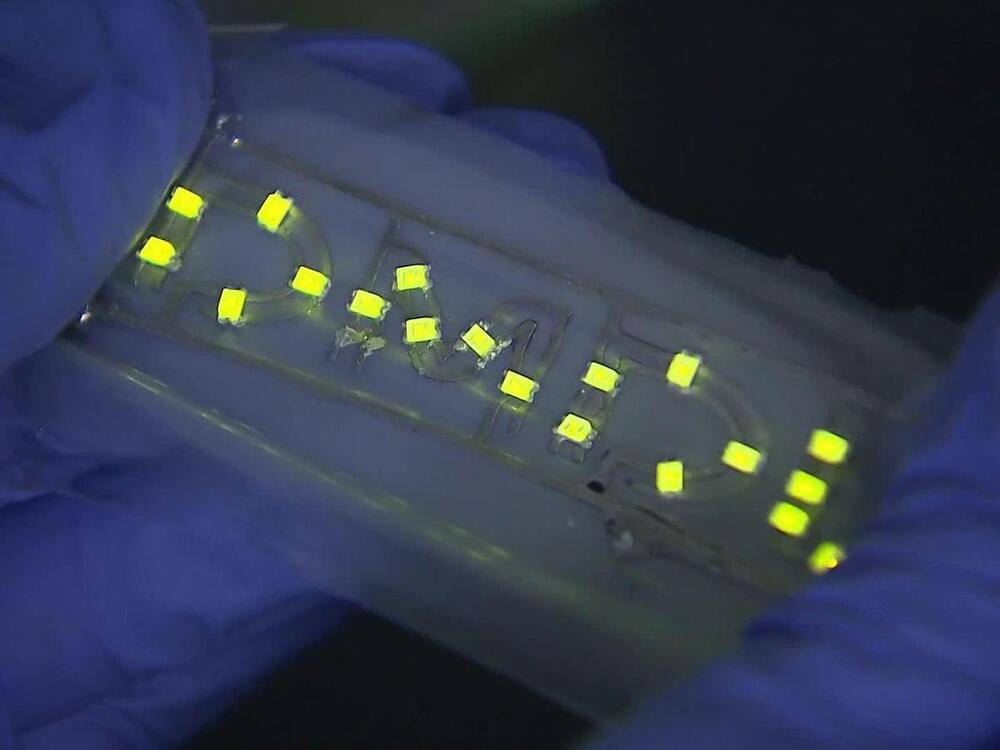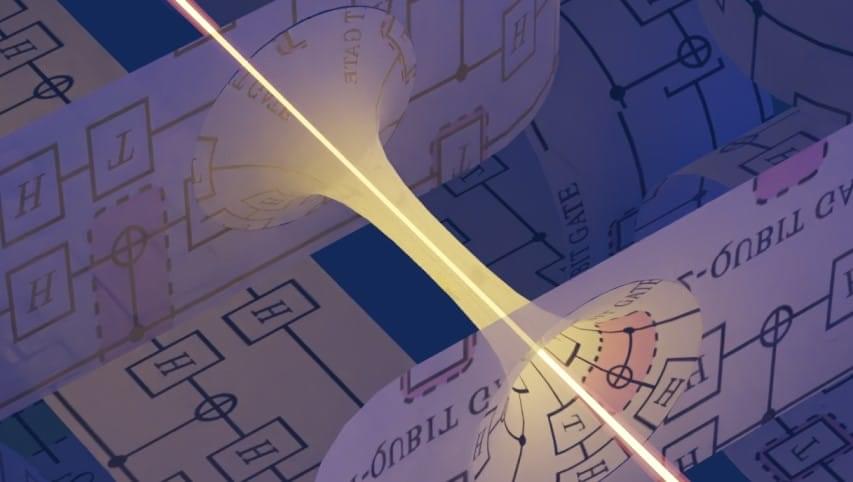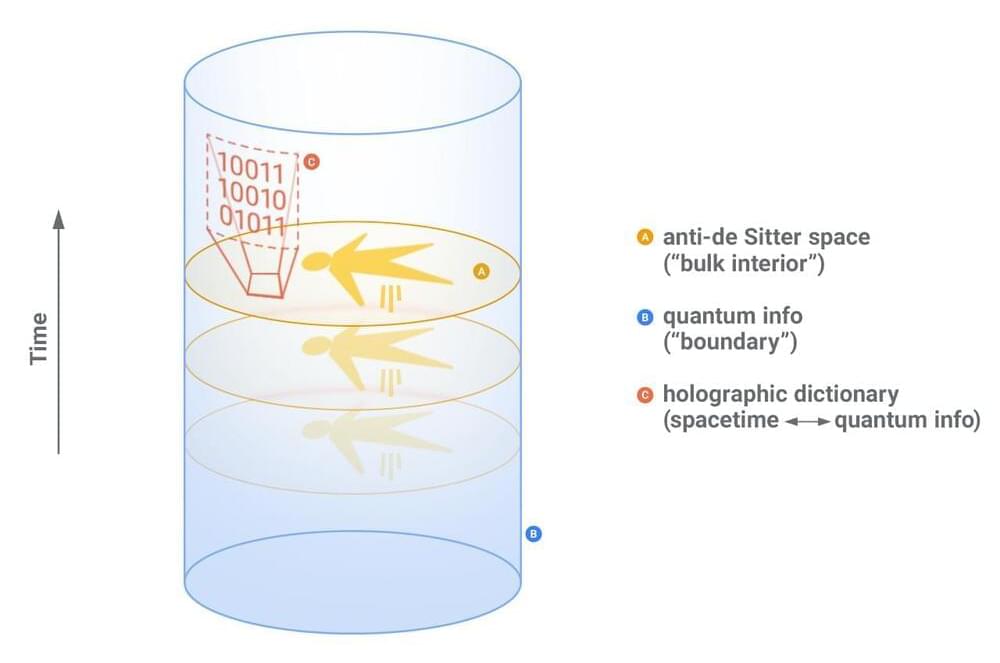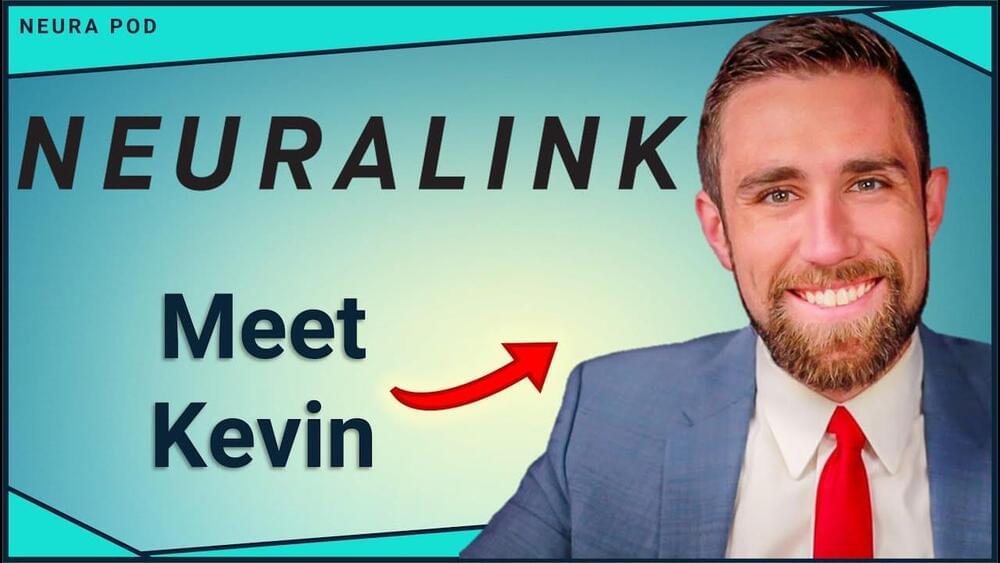Dec 1, 2022
Researchers Find Massive Structure in Deep Space That Could Break our Understanding of the Cosmos
Posted by Shubham Ghosh Roy in category: cosmology
Observations of thousands of galaxies made with the Sloan Digital Sky Survey telescope (pictured) have revealed a giant arc of galaxies, which refutes the theory of their uniform distribution in the Universe. However, the existence of the large-scale structure discovered by astronomers from the UK and the United States needs to be confirmed by other observations to be accepted.
During the virtual conference of the American Astronomical Society, scientists announced the discovery and study of a “Giant Arc,” which consists of ancient galaxies.
Alexia Lopez and her colleagues analyzed the light of about 40,000 distant quasars recorded during the SDSS survey. These are some of the brightest objects in the Universe and are believed to represent the active nuclei of distant galaxies containing supermassive black holes.
